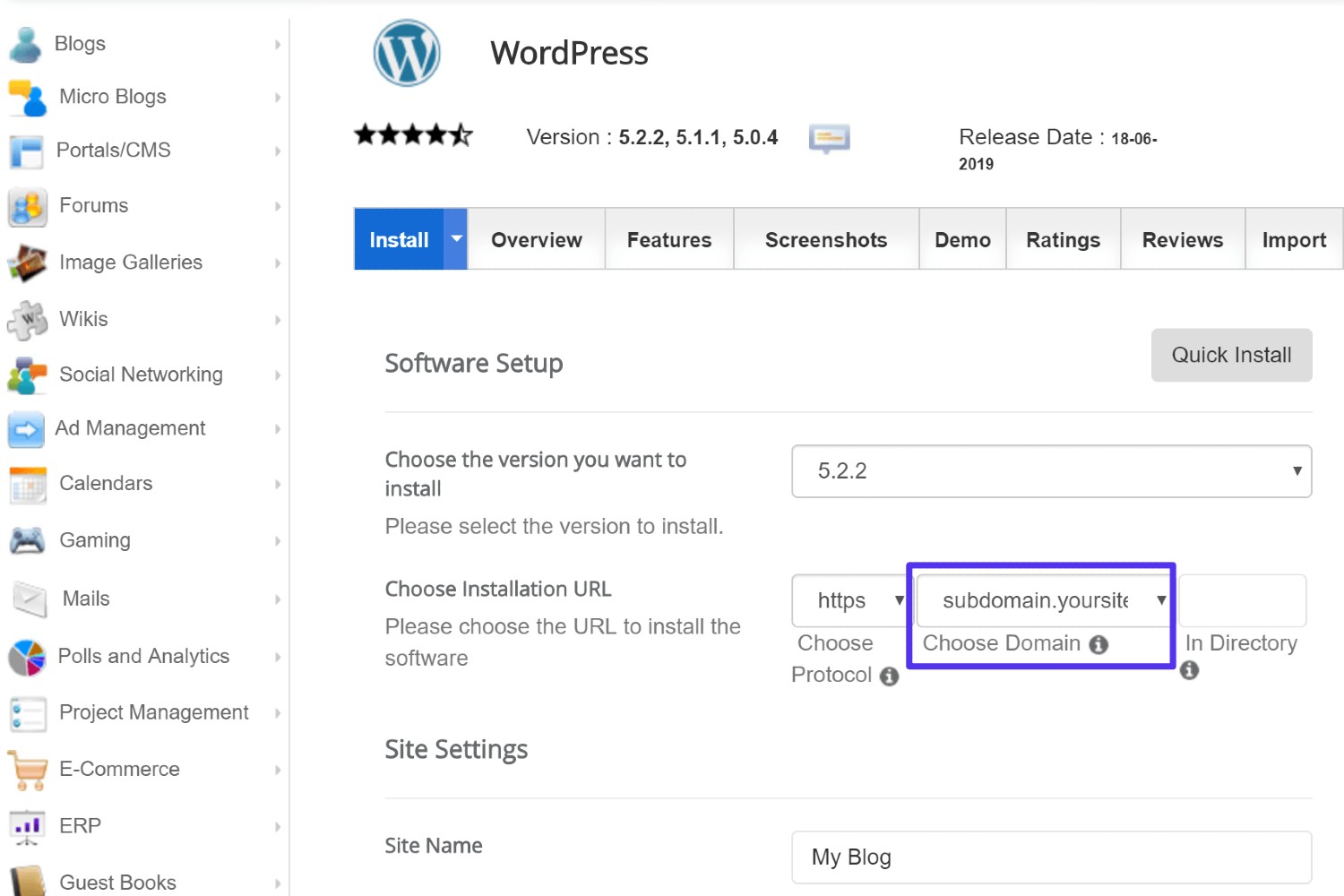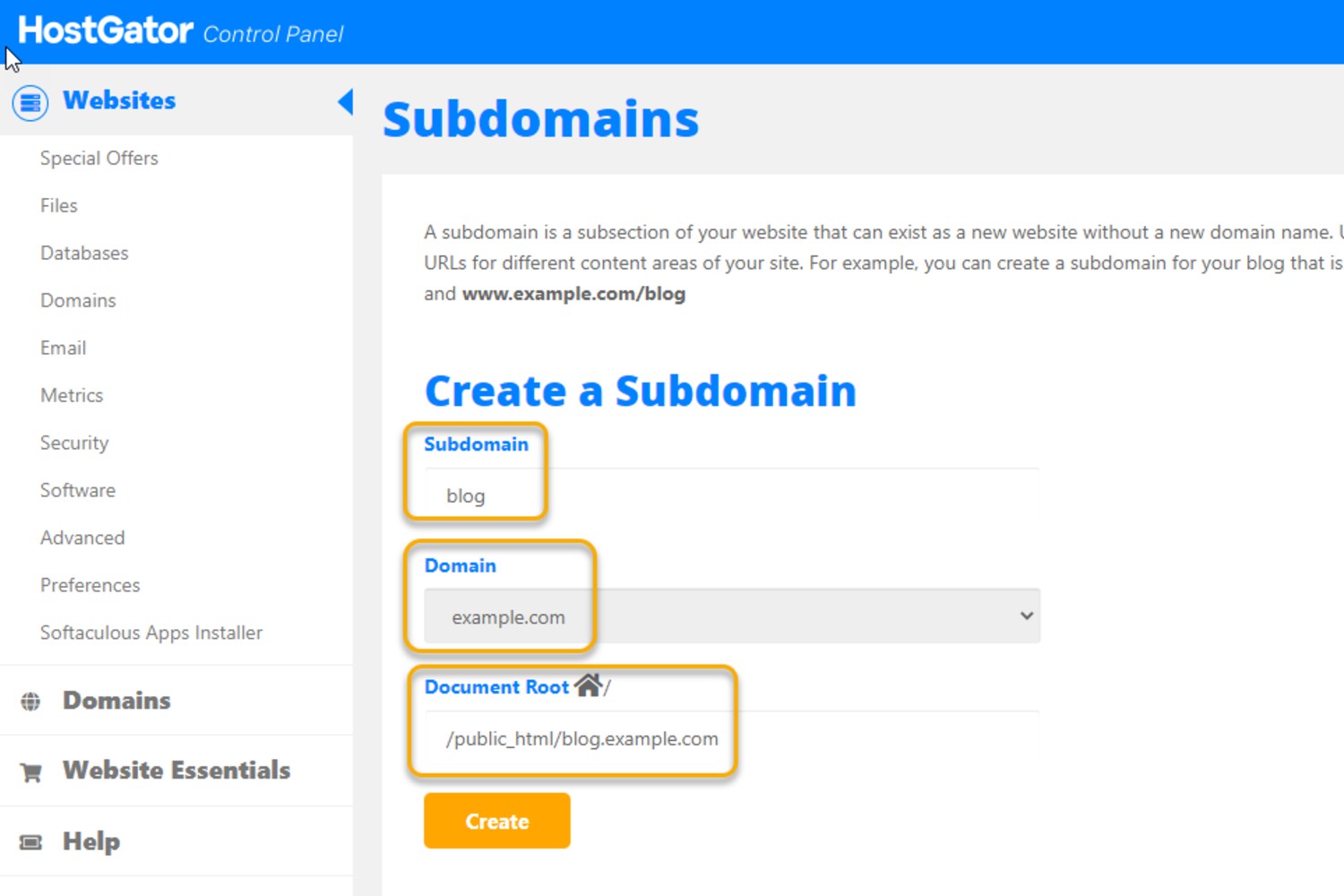
Subdomains: What are they & why they are needed
Imagine a studio apartment with no walls inside. After moving in, the owner may want to divide the internal space into separate functional areas: for sleep, rest, dining, etc. This example perfectly describes the essence of the website structure, where the whole apartment is the main domain, and the functional zones fenced off from each other are subdomains. But why do you need them on your website? Let’s figure out.

What Is a subdomain?
A subdomain is a part of a higher-level domain. To better describe what is a subdomain and its purpose, please take a look at these examples:
- Domain name – “site.com,” a subdomain – “subdomain.site.com;”
- Domain name – “flowers.com,” a subdomain – “tulip.flowers.com;”
- Domain name – “uselections.com,” a subdomain – “trump.uselections.com.”
From an SEO point of view, a subdomain is a separate site. Therefore, there is no direct relationship between the promotion of the main site and its subdomains. However, they increase the semantic core of the entire site, expanding its “representation” in the network. It is also true that external links to subdomains do not directly affect the performance of the main site. The promotion of the resource and its subdomains occurs separately.

The purpose of subdomains: why use them
It may be necessary to make subdomains for the site in the following cases:
- The site has an extensive structure.
For example, the online store sells not only mobile phones and computer equipment, but also bicycles, household chemicals, and other goods. The travel site offers vacations in almost all countries of the world. With the help of a subdomain, you can make clearer navigation for the convenience of the client.
- You are promoting a site on a highly competitive topic.
From this point of view, one home page is clearly not enough. It is possible to place 2-3 high-frequency keywords on the main page. If you need more requests, you will have to use subdomains.
- By using subdomains, you can tie together unrelated topics.
For example, you can “tie” a blog to an online store or promote the car-sharing services on the taxi website.

- Each subdomain can host a regional sub-site for your company.
This is especially necessary when the site cannot be assigned to a specific region in Google. Subdomains should be presented in the navigation on the main site – the user should be able to go to the site of interest. The regional subdomain should provide exactly the information that will be of interest to residents of a particular region. This information can include delivery terms, prices, local phone numbers, pick-up points, etc.
5. It is advisable to create a subdomain for the mobile version of the site. You can also move the entire archive section to a subdomain.
It is worth noting that not everyone needs subdomains. So, if your site has many sections of the same type that are linked by meaning, it is better to use more traditional sections rather than subdomains. In any case, you will need to purchase the main domain provided by your domain registrar.

Subdomains or subfolders?
Let’s analyze the advantages and disadvantages of these two methods. The technical features of creating subdomains are the following:
- A subdomain is essentially a separate site, so it is not easy to implement such a division into separate domains;
- Each subdomain can be assigned to its own separate region;
- The number of subdomains cannot be unlimited;
- For each subdomain, you can simply configure all the analytics.

When creating subfolders, you should not confirm the rights in the Webmaster panel. Therefore, creating a website section is a much easier process than creating a subdomain. Basically, it is just a folder on the server.
Having decided to make subdomains for the site, you should consider all the pros and cons wisely. So, take your time to make the final decision.







